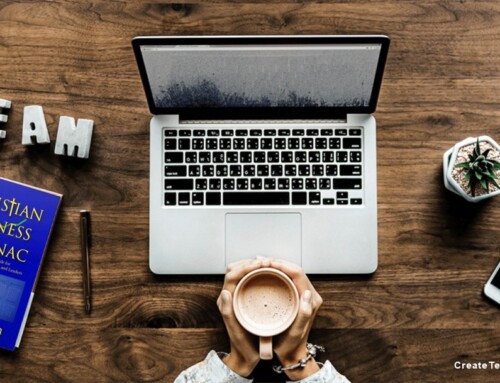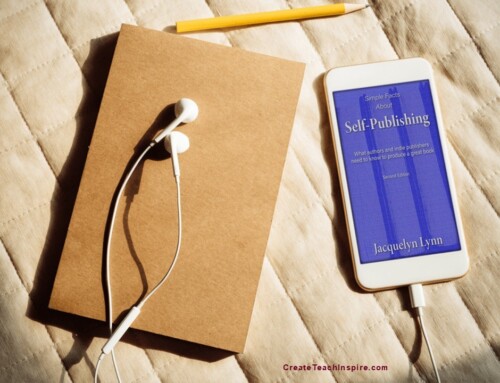An apostrophe is that punctuation mark that looks like a comma but it’s at the top of the line, not the bottom.
The apostrophe has two purposes:
-
To show possession.
-
To replace missing letters in a word.
When you use apostrophes to indicate missing letters, it’s usually in a contraction. In the context of grammar, a contraction is when you combine and shorten two words to make one.
For example, the contraction of does not is doesn’t. The contraction of they will is they’ll.
There are times when you’ll make a contraction out of a single word, such as when cannot becomes can’t.
Sometimes the apostrophe comes at the front of the word, such as ’tis for it is.
Occasionally—and it’s usually in dialog—you’ll see writers use an apostrophe to replace one or more letters in a word that’s not a contraction to indicate that the speaker has dropped the sound.
If you’re leaving letters out for any reason, replace them with an apostrophe.
The apostrophe’s other purpose—to indicate possession—is fairly simple to do correctly most of the time.
When you want to indicate that something belongs to someone or something else, add an apostrophe and an S.
For example, Mary’s house shows you that the house belongs to Mary.
Or apartment’s kitchen indicates the kitchen is in or belongs to the apartment.
Some people get tripped up with the difference between plural and possessive. If you’re making a singular noun plural, you add an S but no apostrophe. If you want to show possession with either a singular or plural noun, you must have an apostrophe.
For more on this, click here to check out my video and blog on making proper nouns plural and possessive.
Of course, we’re talking about English and in English, there are almost always exceptions to the rules—or sometimes there are two rules and you can choose the one you prefer.
So having said that an apostrophe’s purpose is to either show possession or to indicate missing letters, I need to also say that there are times when you may use an apostrophe to indicate that something is plural. This is often the writer’s preference.
For example, most writers use an apostrophe when they are pluralizing single capital letters. So if you’re talking about your child’s report card, you might write:
Taylor earned two A’s, two B’s, and one C.
If you didn’t use an apostrophe, your meaning might not be clear.
When you are pluralizing groups of capital letters, apostrophes are less necessary, but some writers still use them. And they could create additional confusion. For example, VIPs is clear that you’re talking about multiple VIPs. But if you write VIP’s, it would take the context of the sentence to figure out if you’re talking about more than one VIP or something that belongs to one VIP.
When it comes to making numbers written as digits plural, most writers consider the apostrophe unnecessary, but you still occasionally see it. Both are correct. Make your choice based on what is likely to provide more clarity for your reader.
One final note on apostrophes. Remember that they are supposed to look like commas at the top of the line. When you’re typing an apostrophe at the beginning of a word, you’ll probably have to go through some extra steps to make it an apostrophe and not an opening single quotation mark, which looks like an inverted comma. It’s a small detail, but there are readers who will notice the difference.
- 11 Characteristics of Successful Entrepreneurs - November 17, 2025
- Why the World Benefits from Billionaires - August 4, 2025
- Should You Use AI for Audiobook Narration? - July 28, 2025






